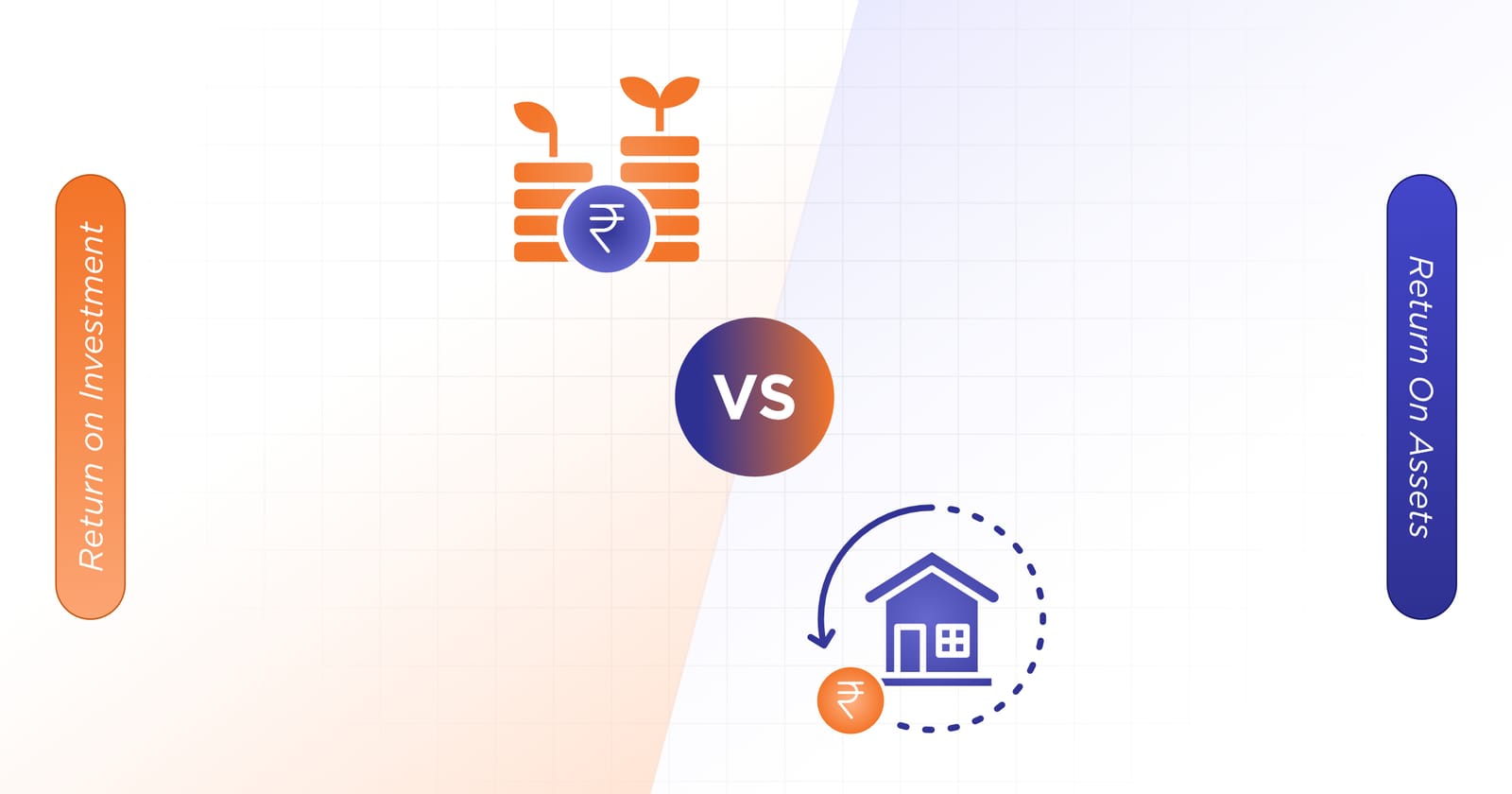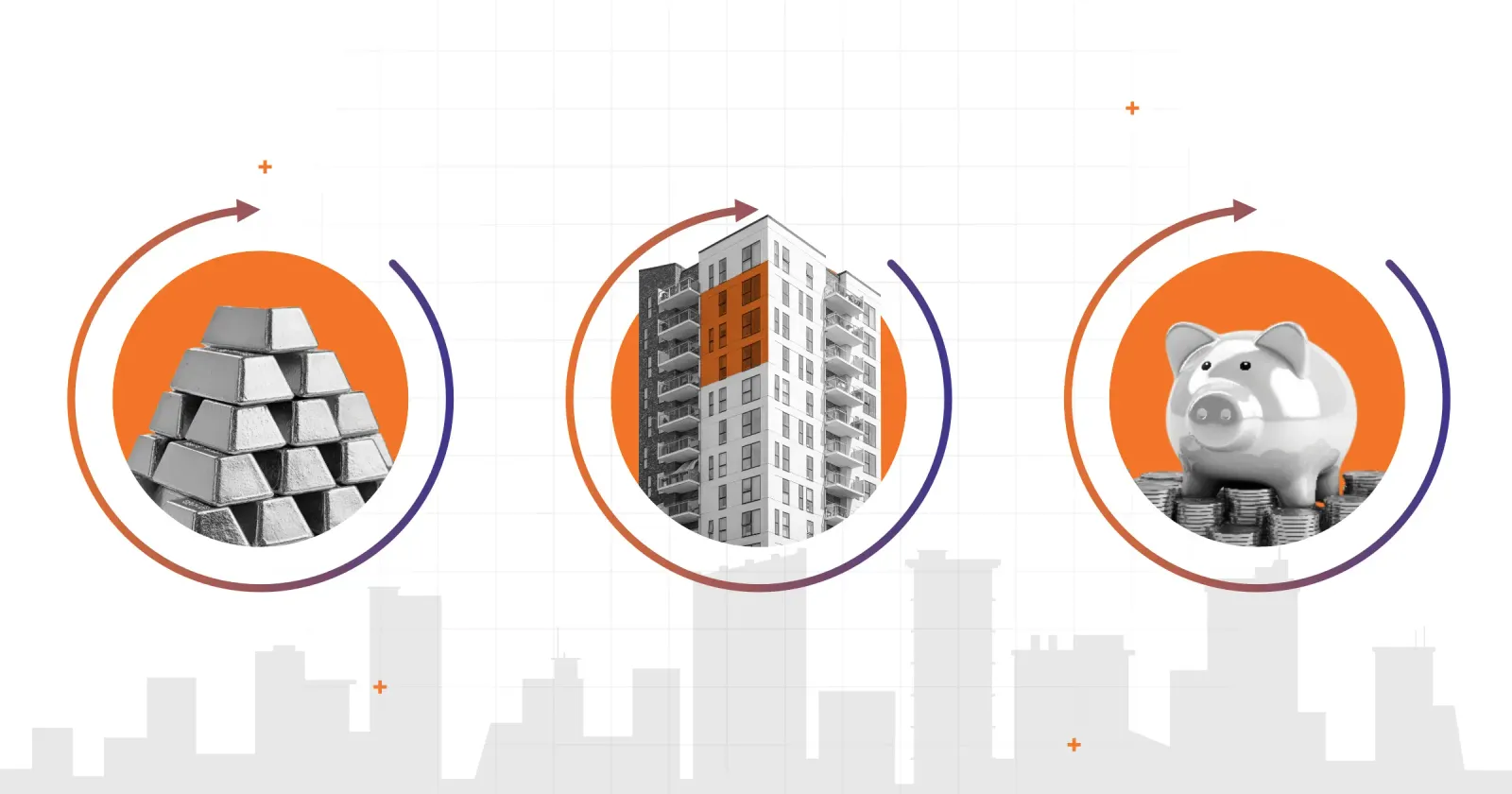In the evolving landscape of investment analysis, understanding different performance metrics becomes crucial for making informed decisions. Return on Investment (ROI) and Return on Assets (ROA) serve as fundamental indicators for evaluating investment performance and business efficiency. Modern investment platforms, such as Alt DRX’s platform, utilize both metrics to provide comprehensive performance analysis for investors.
Importance of Financial Metrics in Evaluating Business Performance
Financial metrics provide essential insights into investment and business performance. In digital real estate investment, these metrics help investors understand both the direct returns from their investment and the efficiency of asset utilization. Advanced platforms incorporate these metrics into their reporting systems, offering investors clear visibility into their investment performance.
Definition and Calculation
Return on Investment (ROI)
ROI measures the profitability of an investment relative to its cost. The formula for calculating ROI is:
ROI = (Net Return on Investment / Cost of Investment) × 100
In digital real estate investment through platforms like Alt DRX, ROI includes both rental income and potential capital appreciation. For example, an investment of ₹10,000 in premium residential property generating ₹1,000 in annual rental income and ₹500 in appreciation would have an ROI of 15%.
Return on Assets (ROA)
ROA evaluates how efficiently a business uses its assets to generate profits. The calculation is:
ROA = (Net Income / Total Assets) × 100
In the real estate context, ROA measures how effectively property assets generate returns through rental income and value appreciation. Alt DRX’s professional management teams focus on optimizing ROA through efficient property utilization and strategic location selection.
Key Differences Between ROI and ROA
Understanding the distinctions between ROI and ROA helps investors make better-informed decisions:
- Scope of Measurement: ROI focuses on specific investment returns, while ROA evaluates overall asset efficiency. In digital real estate, ROI measures individual investor returns, while ROA reflects property portfolio performance.
- Calculation Basis: ROI considers investment cost, whereas ROA examines total asset value. This distinction becomes particularly relevant in real estate where property values may appreciate over time.
- Performance Indication: ROI indicates investment profitability, while ROA demonstrates operational efficiency. Both metrics provide valuable insights for real estate investment evaluation.
- Time Perspective: ROI typically measures returns over specific periods, while ROA offers insights into ongoing operational efficiency. Digital platforms provide regular updates on both metrics.
When to Use ROI vs. ROA
Choosing between ROI and ROA depends on the analysis objective:
- Investment Decision Making: ROI proves more relevant when evaluating specific investment opportunities. For instance, when choosing between different properties on the Alt DRX platform, ROI helps compare direct return potential.
- Operational Assessment: ROA becomes crucial when analyzing overall property management efficiency. Professional management teams use ROA to optimize property performance and rental yields.
- Portfolio Analysis: Combining both metrics provides a comprehensive investment evaluation. Digital platforms integrate both measurements in their performance reporting.
- Strategic Planning: ROI guides individual investment decisions, while ROA informs broader portfolio strategy. This dual perspective enables better-informed investment choices.
Pros and Cons
ROI Advantages and Limitations
Advantages: Simple calculation and interpretation Direct measure of investment profitability Useful for comparing different investment options Clear communication of returns
Limitations: May overlook long-term value creation Doesn’t consider total asset efficiency Time value of money often ignored Limited operational insights
ROA Advantages and Limitations
Advantages: Measures operational efficiency Considers total asset utilization Useful for comparing different properties Indicates management effectiveness
Limitations: May not reflect individual investment returns Affected by accounting methods Asset value fluctuations impact results Industry-specific considerations needed
Real-World Applications
Digital Real Estate Investment
Alt DRX’s platform demonstrates practical application of both metrics:
- ROI Tracking: Investors receive clear visibility into their investment returns, including rental yields and capital appreciation.
- ROA Optimization: Professional management teams focus on maximizing property efficiency and performance.
- Strategic Management: Combined metric analysis guides property selection and management decisions.
Investment Decision Making
Investors use both metrics for comprehensive evaluation:
- Property Selection: ROI helps compare different investment opportunities on the platform.
- Performance Monitoring: ROA indicates how effectively properties generate returns over time.
- Portfolio Management: Combined metrics guide investment allocation and strategy adjustment.
- Risk Assessment: Dual metric analysis provides better risk evaluation capabilities.
Conclusion
Understanding both ROI and ROA enhances investment decision-making and performance evaluation. Modern digital real estate platforms like Alt DRX incorporate both metrics to provide comprehensive investment insights. The combination of professional management and sophisticated performance tracking enables investors to make well-informed decisions based on both ROI and ROA considerations.
For investors in digital real estate, the platform’s integration of these metrics offers clear performance visibility, professional management optimization, strategic investment guidance, comprehensive reporting, and enhanced decision-making capability.
This sophisticated approach to performance measurement, supported by professional management, creates an optimal environment for informed real estate investment.






